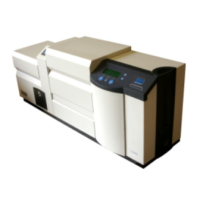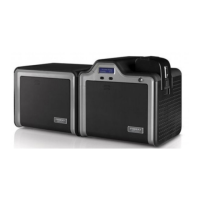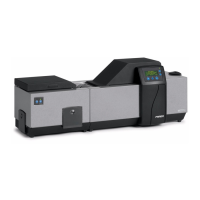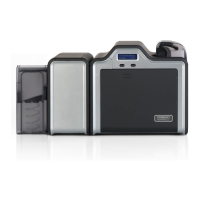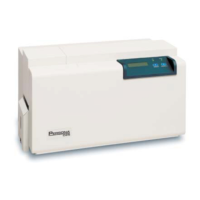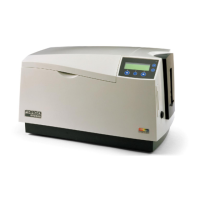What does 'Transfer Warming' mean on my FARGO electronics HDP820?
- MMiranda ParksSep 4, 2025
The 'Transfer Warming' message on your FARGO electronics Printer indicates that the transfer roller is warming to the proper temperature. No action is required.
